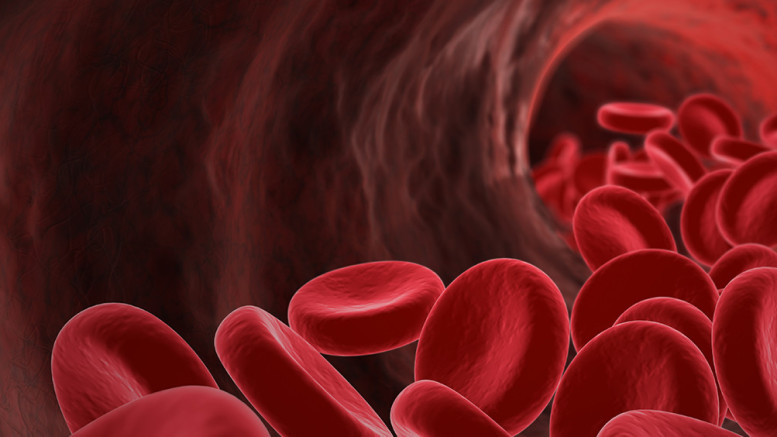Do you know how important it is to maintain your blood oxygen levels? Without a sufficient supply of oxygen, your organs will begin to shut down, and you won’t be able to breathe.
In other words, low blood oxygen levels are extremely dangerous for you. Now you must wonder how I increase my blood oxygen levels? It’s all very simple.
However, you must first understand what they are are before dealing with them. Read on to discover more about blood oxygen levels and how to raise them.
What Are Blood Oxygen Levels?
Blood oxygen levels indicate the quantity of oxygen in your bloodstream. Keeping these levels raised is crucial for the proper functioning of all your organs.
You wouldn’t live longer than six minutes without enough oxygen in your body.
When you inhale, oxygen enters your body through your lungs and goes into your bloodstream. It then diffuses into your cells.
All cells require oxygen to maintain efficient performance. You should also be aware that the energy created by your cells is the source of all your bodily functions, like digestion and thought.
When the cells are sufficiently oxygenated, they release carbon dioxide into the bloodstream, carried to the lungs, and exhaled through the airways.
Dangerous medical conditions as well as damage to organ systems, like the brain and heart, can occur after a low blood oxygen level is reached.
This is why your body firmly controls the amount of oxygen in your blood to ensure that your body is functioning normally.
How To Increase Blood Oxygen Levels
These tips will help raise your blood oxygen levels and reduce any struggles you face in functioning properly daily.
They are listed down below:
- Fresh Air: Open the windows of your home or go to the park for fresh air. This will help raise your blood oxygen levels. A morning jog or brisk walk is ideal because the plants produce large amounts of oxygen during the day due to photosynthesis.
- Quit Smoking: After exactly three weeks of quitting smoking, you will notice a significant improvement in your circulation. After a maximum of nine months, your dyspnea will start to decrease. It works like magic, doesn’t it?
- Practice Breathing Exercises: open your airways and increase oxygen flow to your blood through pursed-lip and deep-belly exercises for breathing.
Normal Blood Oxygen Levels
If your reading is 95% and 100%, you are most likely in the range of healthy oxygen saturation levels. However, your blood oxygen level may be lower if you have a lung disease such as tuberculosis or pneumonia.
It may also be lower if you live in an area that is located on elevated ground. Your physician will let you know what levels are okay for you.
You should be aware that pulse oximeters do not always show accurate readings. Your actual oxygen saturation level might be two to four percent higher or lower than the reading on the oximeter.
Your physician may check your blood oxygen levels with a blood test for a more accurate result.
How Does The Blood Test Work?
The blood test for measuring the amount of oxygen in your bloodstream includes the following steps:
- 1. You’ll be seated on a chair or made to lie down on a hospital bed. A physician will search for an artery on the inside of your wrist. Ultrasound imaging may also be used to help find an artery.
- 2. The area will be cleaned and disinfected with an alcohol swab upon locating the artery.
- 3. A needle will be inserted into your artery to take a sample. This part may hurt a bit.
- 4. The required amount of blood will be collected in a syringe.
- 5. The needle will be removed, and a cotton ball will be held against the site to stop the bleeding. Pressure for 5 to 10 minutes or longer, may be applied if you’re taking medication that causes blood thinning.
- 6. A bandage will be placed over the injection site, and you’ll be done with the test.

Symptoms Of Low Blood Oxygen Levels
Symptoms of low blood oxygen levels (hypoxemia) vary from person to person and depend upon the patient’s condition. They include:
- 1. Headaches
- 2. Fast heartbeat
- 3. Shortness of breath
- 4. Confusion
- 5. Wheezing
- 6. Coughing
- 7. A bluish tinge in your fingernails, lips, and/or skin
- 8. Cherry red hue to your fingernails, lips, and/or
The Bottom Line
Make sure to keep your blood oxygen levels high to ensure a long and healthy life. As soon as you feel any symptoms of hypoxemia, check your oxygen saturation with an oximeter.
If your levels are falling or fluctuating, immediately go to the hospital and get yourself checked by a physician.
